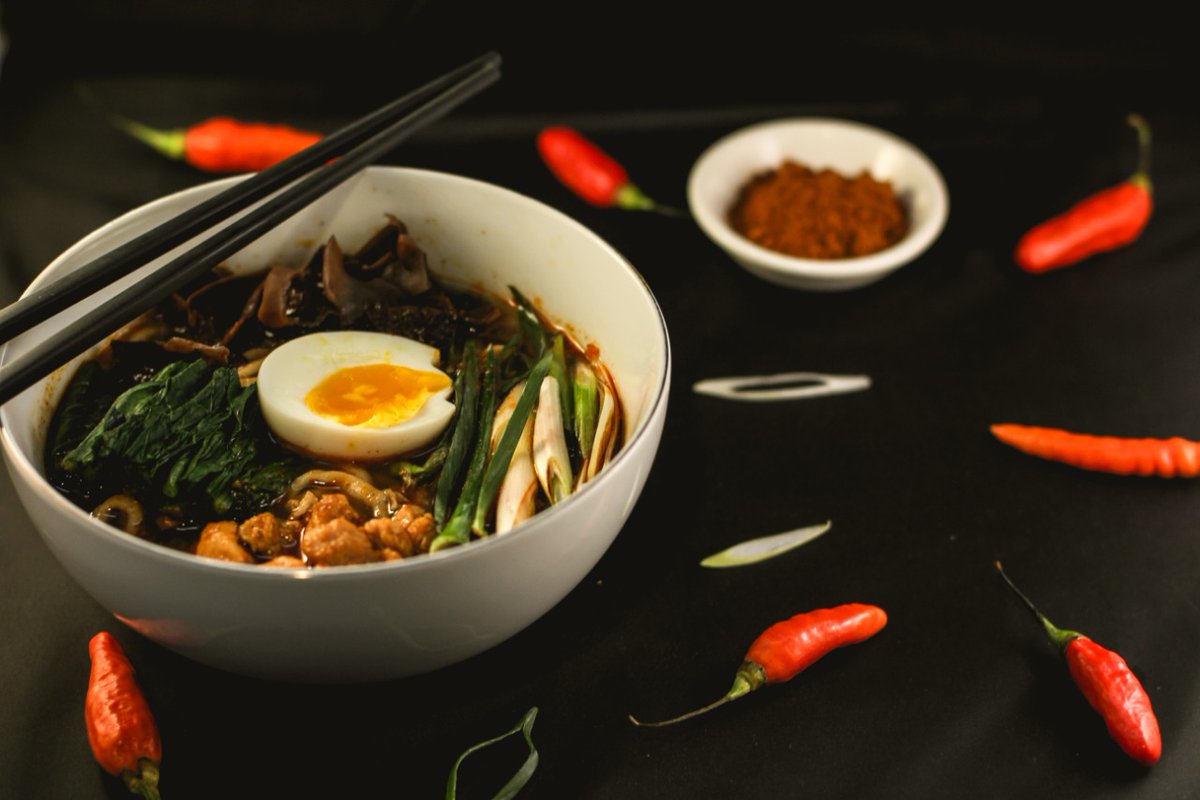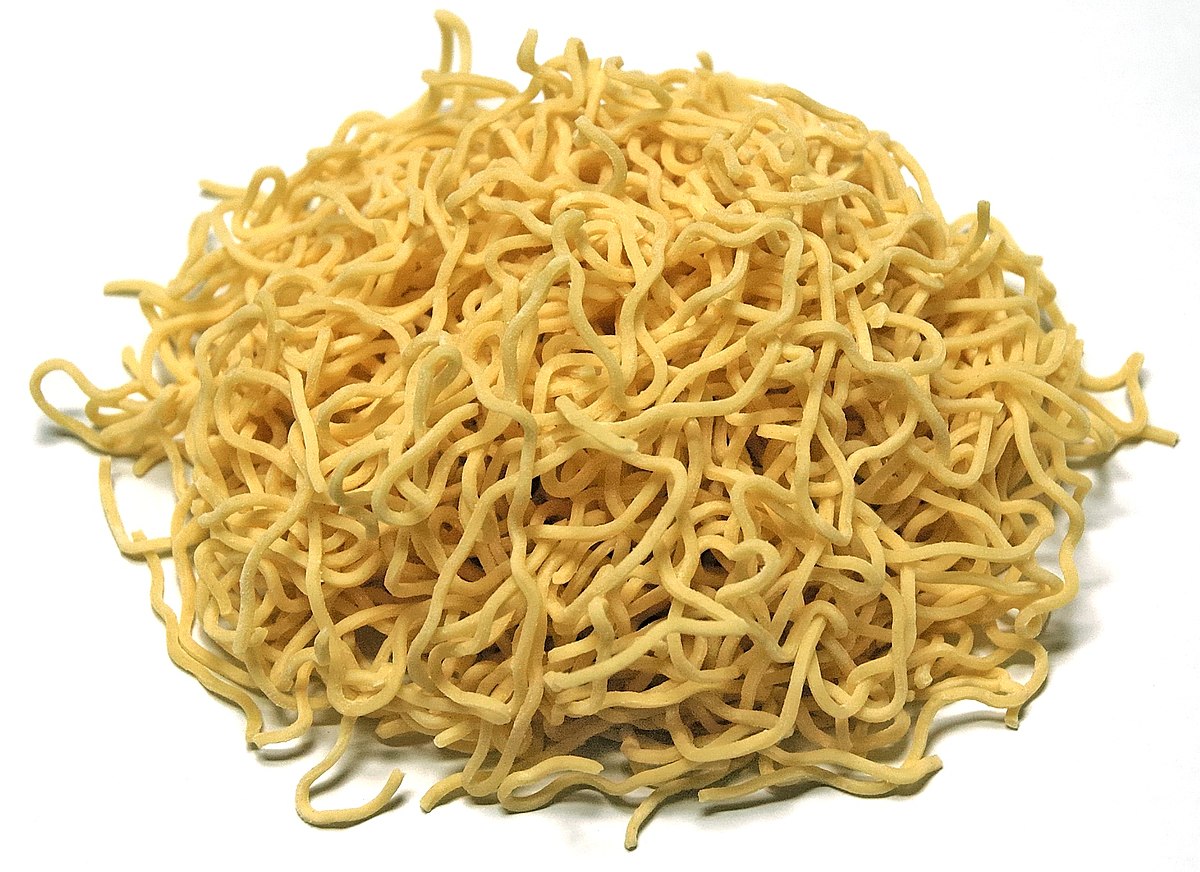
The cult from the New American ramen joint, using its endless wait occasions and ghostly bowls of tonkotsu broth, has conspired to help make the Japanese import feel off-limits towards the humble home prepare. In the end, how may you possibly unlock the mysteries of miso, or crack the secrets of shoyu, when true ramen masters have spent years — if not decades — perfecting the dish?
Navigation article:
You may can’t, but that’s okay.
“Any home prepare could make chicken soup,” states David Koon, co-who owns ramen restaurant Chuko.
Based on Koon, it’s remember this that, ultimately, that’s all ramen is: soup with noodles—preferably soulful and well-balanced, but nonetheless simple essentially. So, yes, there’s lots of space to nerd out with regards to the deep facts about ramen. But we’re not going to—not here, not today.
Let’s just agree that ramen includes a storied culture and numerous variations, which it’s very easy to obtain bogged lower in mind-scratching details whenever we discuss and eat it in the best establishments. This way, we can start the truth that ramen only has four elements—noodles, broth, seasonings, and toppings. So as the question from the perfect noodle to pair with tonkotsu broth may remain among the profound mysteries around the globe, getting began on making your personal ramen is simpler than you think—especially with Koon with you.
Here, we provide a beginner’s help guide to making your personal ramen. Get confident with the fundamentals, then have a duration of obsession.
1. Broth

“The broth could be light or heavy, obvious or cloudy,” states Koon. “The whole bowl is all about balance—the broth balancing using the noodle, the toppings, and also the seasoning.” Which means you can begin using the chicken broth you’re already making and balance it along with other ramen ingredients later. Here’s generate income make broth: put two to three pounds of chicken bones or pizza right into a pot with 1 carrot, 1 celery stalk, 2 onions, 2 cloves of garlic clove, and three or four quarts water. Following the stock boils, skim off all of the scum, cover the pot, and allow the pot simmer for several hrs. When you wish to taste the broth to find out if it’s wealthy enough, salt the bite you taste. To show my mom’s chicken broth into something ready for ramen, I combined pork bones and pizza and adopted exactly the same directions. And that’s it. “That’s the large secret,” states Koon. “Bones, meat, and also you boil the crap from it.Inches Later on, strain your soup to get rid of the bones and veggies.
If you wish to dive into tonkotsu—the wealthy, opaque pork broth the thing is on the lot on menus—Serious Eats includes a step-by-step guide. You’ll require a source for pork trotters, that has the collagen and marrow required to achieve the right degree of cloudiness. Before you panic, remember, tonkotsu is also just a large pot of soup. Koon loves to add aromatics like ginger root, scallion, and garlic clove for the finish of cooking. One potential secret component is apple, for sweetness.
2. Flavorings/Tare

Soup is simple, based on Koon. Which makes it taste like ramen broth is harder. “The soup is simply water,” states Koon. “You need to season it.” You need to do this by developing a tare, that is something similar to the small packet you receive in instant-ramen packages. Salt and soy sauce are great causes of flavor. Miso works too. Garlic clove mashed with salt is yet another option. You are able to ladle the broth to your bowl and add some tare in, tasting along the way to get the total amount perfect. A meat broth seasoned with soy sauce becomes shoyu, an original ramen staple famous Tokyo, japan.
3. Noodles

“The heavier the soup, the lighter the noodle you would like,Inches may be the counterproductive rule of thumb for noodle-broth matching. It’s the main reason why tonkotsu is balanced by helping cover their feathery fine strands, while thick miso jackets curly noodles best. That’s information if you are cooking different types of broths and also have the selection of noodles at the shop. (In New You are able to City, check out Sun Noodle’s new retail ramen package operation.) When ramen chefs perfect a brand new broth, they book several sessions using their favorite noodle makers, sitting lower over and over to sample how noodles customized with various widths, lengths, curly-liness, and egg-to-flour ratio pair with all of those other elements within the bowl. However in the finish, all rules boil lower to taste preference, states Koon.
Prepare ramen noodles inside a pot of boiling unsalted water for that time specified around the instructions—usually two minutes or fewer. Then drain them and supplment your bowl as soon as you’re prepared to eat.
Should you can’t find noodles labeled “ramen,” you may still create a bowl of ramen with any fresh or dried egg noodle you discover in an Asian market. Lacking that, use the package of instant ramen and carry the dried cake of noodles that popularized the dish here to begin with. Chuck the ball flavor packet. Prepare the moment noodles rapidly in boiling water, then strain, rinse, and drain them before contributing to your soup.
4. Seasoned Oil

An experienced oil is tare’s trusty side-kick in assisting you flavor your broth. A great oil will prove to add aroma in addition to taste. To have an easy solution, simply drizzle inside a couple of drops of toasted sesame oil. To create a knock-out garlic clove oil, mince a couple of cloves of garlic clove and insert them in just a little bowl. Heat some oil in a tiny saucepan until it’s very hot—a small drop water should sizzle constantly. Then pour the oil right within the garlic clove and allow them to steep together when you prepare all of those other ramen. Spoon both garlic clove and oil in to the bowl whenever you assemble.
5. Egg

To create a soft-steamed egg whose yolk is really a bit more gooey compared to one pictured, bring a pot water to some boil and set whole eggs set for exactly 7 minutes. Then, awesome them under cold flowing water and dry. You are able to give each bowl just one-half egg if you wish to maintain the lightness of the bowl.
6. Meat

Pork is typically the meat topping the thing is on soup, and pork belly is particularly popular. To obtain pork belly prepped for ramen, you need to cure, roast, and slice it. David Chang’s recipe is straightforward and direct (the majority of the prepare time is waiting). Pork shoulder is yet another option—it’s a cost-effective cut made even cheaper if you are using the majority of the meat and bone to create broth, then slow-roast the remainder for that topping. You are able to put on shredded chicken or brisket or flank steak, that are less authentic but possibly more easily available. But most likely the simplest and tastiest choice of all—the one which doesn’t stray too far from the essence of ramen but is much quicker than curing pork belly—is stir-fried ground pork. Prepare a little amount of oil inside a hot pan, then season with salt and bean paste, suggests Koon. Whatever you decide, attempt to go easy around the meat. In the end, this is actually the type of balanced meal you need to wish to eat every single day.
7. Other toppings

A handful of eco-friendly scallions, sliced super thinly around the diagonal, brings a gentle onion-y zing towards the finished dish. You are able to also toast sheets of nori and cut them into strips, or sprinkle on Japanese seasoning mixes like furikake and togarashi. You will see menma—fermented bamboo shoots—and fish cakes on the majority of menus, however i couldn’t source either easily. However, I’m able to never avoid thin slices of kimchi, whose spicy brightness balances out just about any bowl that’s accidentally become just a little wealthy with pork fat and flavored oil.
8. Assembly

To obtain the right ramen balance—that’s the mantra of ramen, whether you’re obsessive or not—you’ve reached respect the integrity of every element as you assemble. Probably the most delicate component is the noodle, which could easily get too soft. That is why Koon suggests scooping the noodles to your bowl last. Start set up by mixing together an amount of broth together with your tare to taste, then pile within the noodles and finished rapidly using the flavored oil, meat, the eggs, and then any other toppings.
9. Speed Eating

Now, you eat—fast. “You wish to eat it at its peak, when it’s at its best. Whether it sits for some time, the noodle starts taking in the liquid, plus they get mushy,” Koon explains. In Japan, ramen is slurped rapidly and also at the exclusion of anything else. “The idea is that you simply keep your integrity from the food as it’s said to be,Inches states Koon. “Eating ramen, that’s whatever you do—you’re not there to speak, and have a discussion. You wait, you spend time at the counter, you receive your bowl, you crush it in four minutes.” Many ramen joints are standing room-simply to discourage lingering.
The disadvantage here’s that ramen leftovers are thought useless. Although some American ramen restaurants are stricter enforcers from the no take-out policy than the others, in your own home you steer clear of the problem entirely by only ladling out just as much soup and noodles as you can stomach. Store uncooked noodles and unused broth within the fridge so that you can boil them up for any quick, fresh dinner tomorrow.
10. Slurping

Slurping noodles carries the aroma from the soup, the tare, and also the oil from the bowl, allowing them to linger near your nose just seconds prior to taking a bite. There aren’t a lot of rules for ramen-eating beyond what’s intuitive—just like ramen cooking. In the two cases, concentrate on what’s before you, taste it carefully, and—with each bowl you are making and bite you take—you’ll acquire one step nearer to unlocking the noodle soup’s deep mysteries.
How to make Ramen noodles from scratch: alkaline noodles recipe
Video COMMENTS:
lili Jti: why the song is too sad I came to watch how to make noodles so I end up by thinking in my life and my ex ..
oliviathai: lili Jti
🐔🐔🐔🐔🐔
Sara Saleem: same here
Alex Park: I like how people are bitching about alkaline noodles as “poison noodles”. A lot of people don’t understand that we consume carcinogens or “toxic” ingredients in certain foods, the best example would be BBQ, you know what gives the meat that certain flavor? That’s right carcinogens…so shut up and enjoy or don’t bother eating these wonderful foods at all.
IadiiI: Matthew Niedbala pretty sure corn and rice aren’t tomatoes
Desi Art draw: Alex Park alkalinic food actually fights cancer cells. baking soda juice are prescribed by doctors to patients with confirmed diagnosis of cancer
Curt Cook: I used all purpose flour cause I don’t have 50 kinds of flour at my place. I added extra water too, cause fuck the police, I aint trying to have an arm day with these noodles. I tell you how they came out after I slurp ’em, that’s the polite thing to do.
answerOfstupids: i tried recipe for onion ring, it was a disaster as well. Even though i measured all ingredients as were told in video, paste was too liquid to stick to onions and it was just fried onions with cluster of pastes frying separately. Dont even like onion rings and mine tasted even more bad.
Charlie Ivy: Lol.. This was long back ik but you’re super funny
Uzumaki Barrage: I just wanna make the noodles from naruto

I made these noodles today and my whole family were impressed and thrilled. It really was just like store bought ramen but it doesn’t get soggy and over swollen in the broth. And so CHEAP to make! Thanks!
Or just get instant ramen, cheaper and sometimes you can find a good one.